Skate Vids: Plan B “The Questionable Video” (1992)

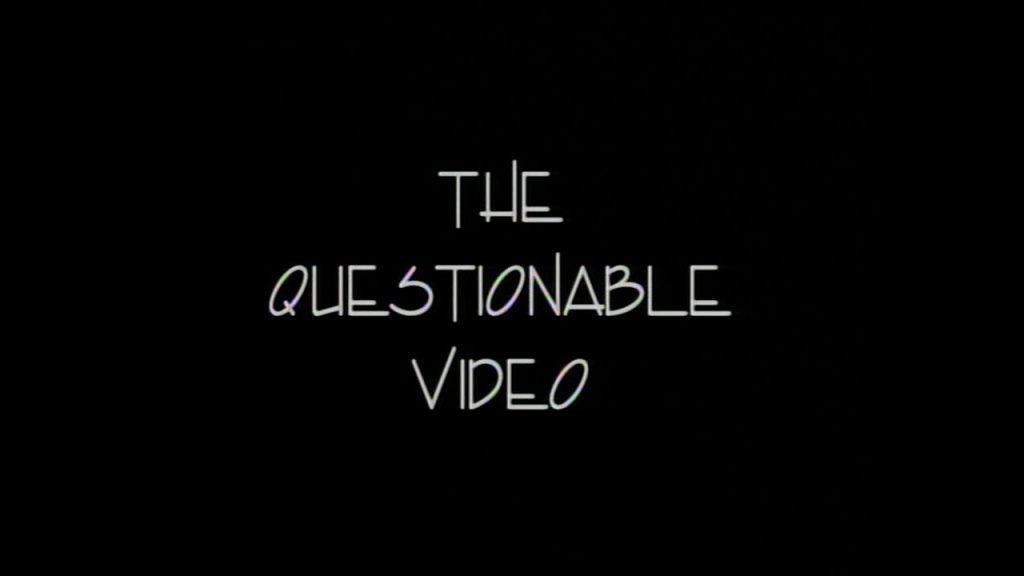
There has never been a piece of media before or since that has had a greater impact on my life than that of “The Questionable Video.” To say that these 58-minutes have influenced me more than any movie, record, TV show, or book is not something I take lightly, but here I am, saying it anyway. It’s hard for me to express just how much I internalized every minute of this fuzzy skate video, and watching it all these years later, I now realize that everything has more or less stuck. I still know every sound and action by heart, and watching it is like a time machine in the best way possible.
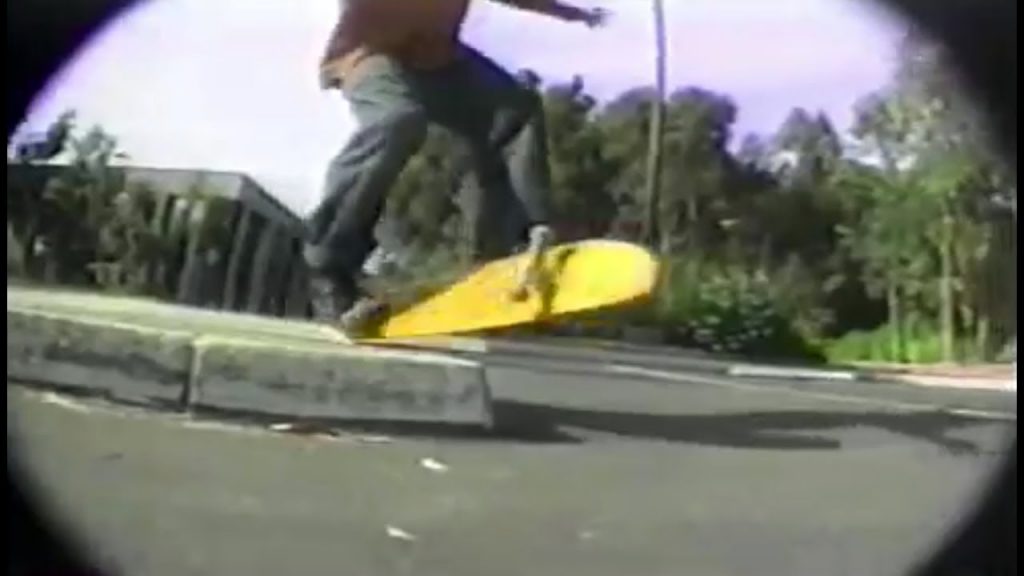
I had seen skate videos before, but “The Questionable Video” was the first one I saw when it was new. Watching old Vision videos in ’92 was cool, but the tricks were dated and the celebratory vibe no longer applied to skateboarding. By the time “The Questionable Video” came out, skaters were outcasts, not celebrities, and this distinction is a critical factor in the evolution of skateboarding that I fear is lost on younger generations. Skateboarding really did used to be a crime.
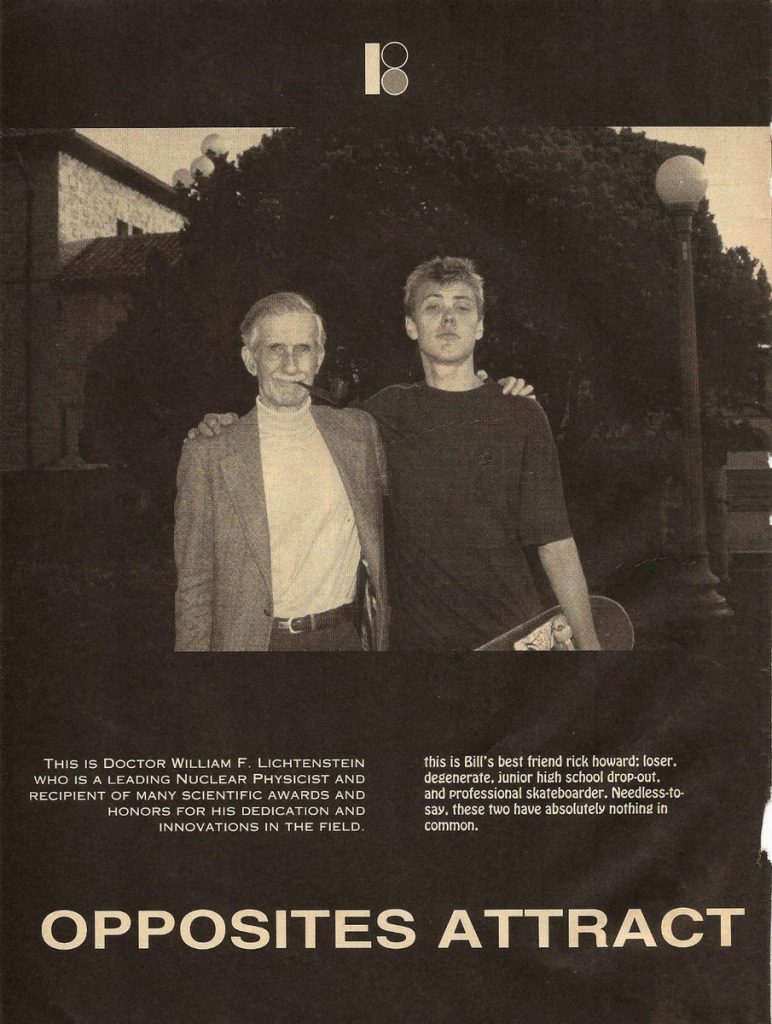
For me, “The Questionable Video” is skateboarding. There is, of course, an innumerable amount of influential videos, teams, and riders that came before its release and many more after, but when I think of what skateboarding looks and sounds like, my mind always goes right back to the same place. And when I say “looks and sounds like,” I don’t just mean the fashion and the music (which of course were huge), but the shitty VHS fish-eye and the muffled diegetic clickety-clack of wheels on brick that comes with it. In all honesty, “The Questionable Video” is borderline amateurish from a production standpoint, but it’s exactly this kind of DIY presentation that made it so attractive. It proved to me that my friends and I could make a video just as good – if only we could master blunt slides first.
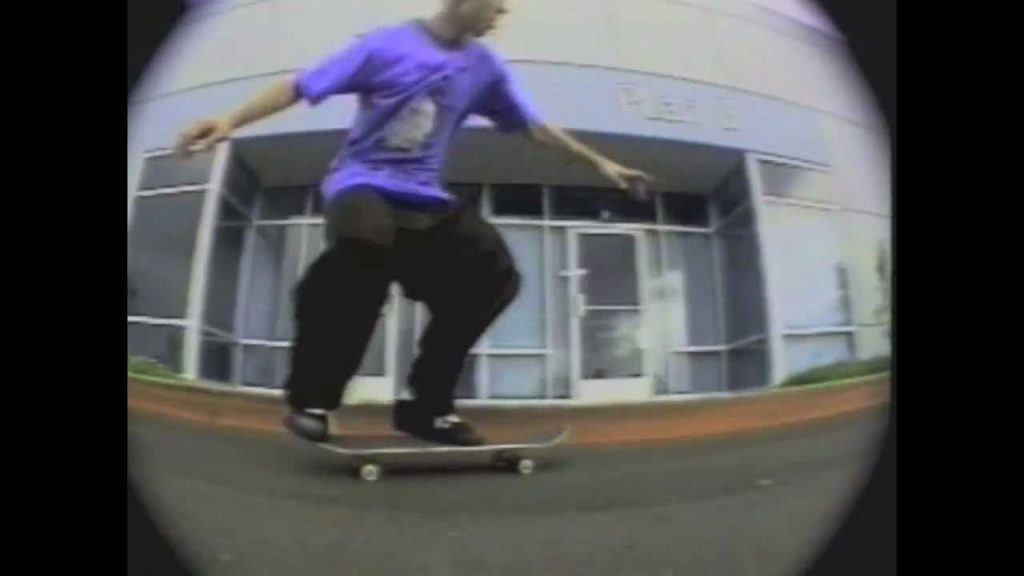
Coming at the end of the transition from vert to street taking place in the early-’90s, “The Questionable Video” features some of the most innovative street skating of any era, including a revolutionary part from Rodney Mullen. Also included are career-making parts by Pat Duffy, Mike Carroll, Danny Way, and Sal Barbier, among many others. But, for those who’ve known me for long enough, you know damned well my favorite has always been and will always be Rick Howard’s part set to the catchy as hell “Grey Cell Green” by Ned’s Atomic Dustbin. I modeled my entire look after this part for years – pants, shirts, shoes, hair, the whole thing – and I’m not in the least bit embarrassed by it.
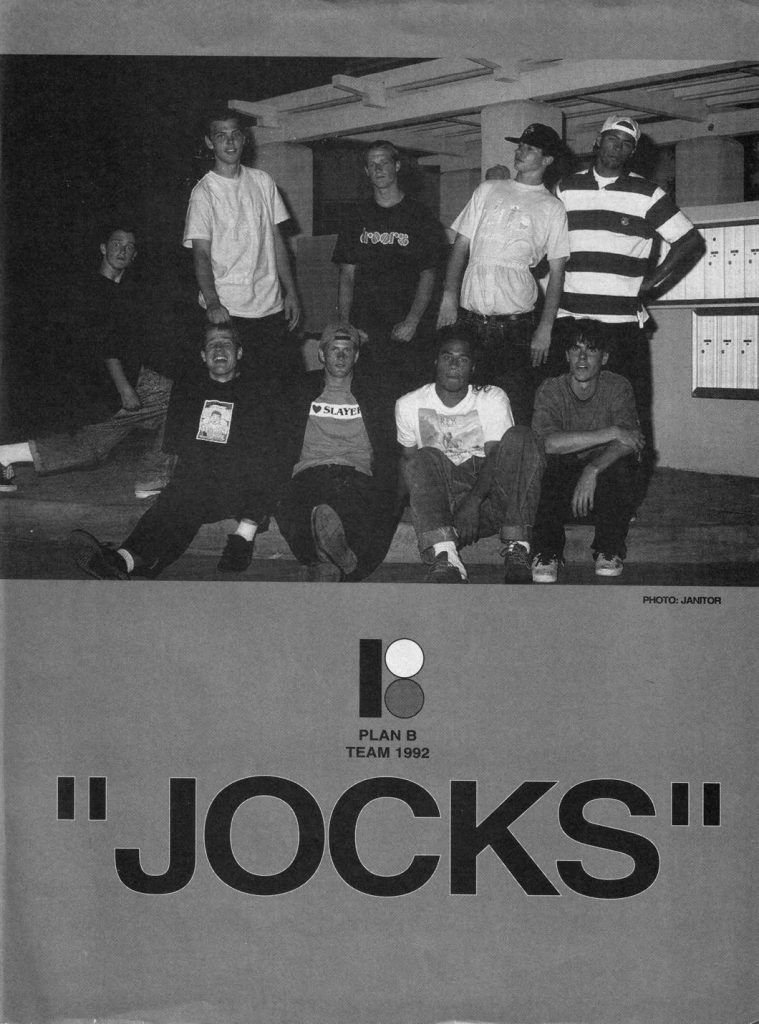
For any young skaters wondering what it was like in their parents’ day, “The Questionable Video” is one of the best time capsules available. It’s important to remember that until the X-Games gained popularity in the second half of the ‘90s, skateboarding was extremely frowned on by every corner of square society. Fights and verbal altercations with everyone from jocks to cops to mall walkers were common, and for a kid looking for a place to belong, skateboarding and punk rock became a place to call home. “The Questionable Video” portrays better than most not just the “fuck you” attitude we all developed out of pure necessity, but also the camaraderie that forms through shared struggle. For a fifteen-year-old outcast in a small town, there was no better life imaginable than the one I saw on that crappy worn-out VHS tape. “The Questionable Video” taught me to be myself without apology, and that more than anything is what I’ve carried with me for all these thirty years.
